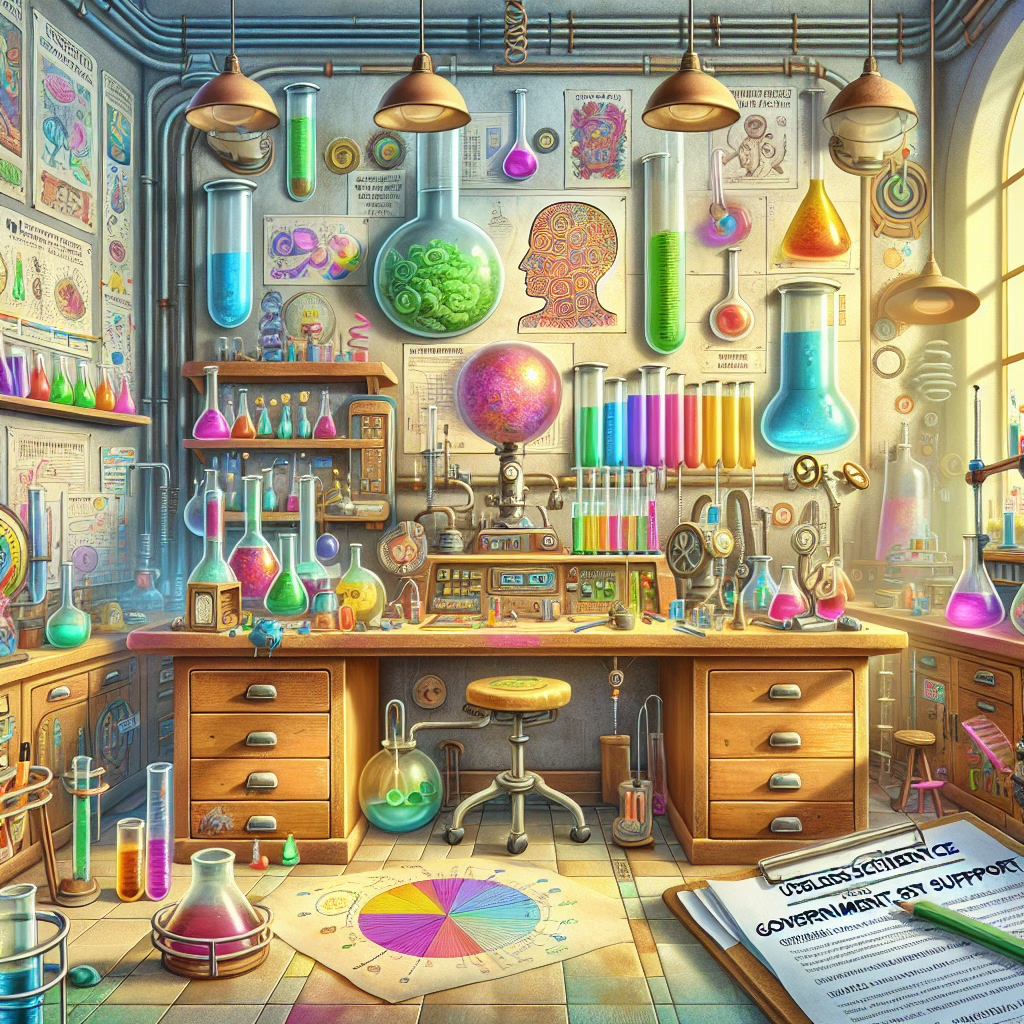In the grand circus of science, where every ringmaster claims to know the best tricks, there lies an unsung hero: useless science. Yes, you heard it right! This peculiar breed of research, often dismissed as frivolous, has a knack for turning into the most useful of endeavors. Join me as we explore why the government should throw some cash into this seemingly nonsensical pot of experiments!
What is Useless Science?
First off, let’s clear the air. When we say useless science, we’re not talking about studies that confirm that cats prefer boxes over actual cat beds (though that’s a valuable insight for any cat parent). Rather, it’s about research that doesn’t have an immediately obvious application or one that sounds downright silly. Think of studies on how many licks it takes to get to the center of a Tootsie Pop. Spoiler: The answer is more than you think.
The Hidden Gems in Useless Science
You might wonder why anyone would want to fund research with questionable practical applications. However, history tells us that some of the most groundbreaking technologies sprouted from the soil of so-called useless science. For example, did you know that the internet itself was born from a project designed to ensure military communication during the Cold War? What started as a rather esoteric pursuit became an essential tool for modern life.
Additionally, many scientific breakthroughs come from unexpected places. A classic example is the invention of Velcro, inspired by burrs stuck in a Swiss engineer’s dog. It’s safe to say that no one set out with the intention of revolutionizing fashion accessories or space suits. Sometimes, ideas spring forth from the most absurd experiments.
Why Governments Should Embrace Useless Science
Imagine a world where governments actively support useless science. Picture scientists dressed in lab coats and safety goggles, joyfully conducting bizarre experiments like testing which fruit flies prefer classical music over jazz. While this may sound like a scene from a quirky indie film, it’s not just whimsical; it could lead to unexpected innovations.
When funding is directed towards unconventional research, it fosters an environment ripe for creativity and exploration. Scientists need room to breathe and experiment without the pressure of immediate results. This approach not only sparks joy in researchers but also leads to revolutionary ideas that can pivot industries.
The Economic Upside
Now let’s talk money—because who doesn’t love discussing finances? Investing in useless science might seem like throwing dollars into a black hole at first glance, but in reality, it can yield substantial returns. The famous physicist Richard Feynman once said, “The imagination of nature is far greater than the imagination of man.” By funding explorations into the unknown, we open ourselves up to possibilities we haven’t even dreamed of yet.
- Consider companies like Google and Apple. They’ve thrived not just on practical applications but also on innovative ideas born from research that seemed unnecessary at first.
- Who would have thought that studying quantum mechanics could lead to faster computers? It turns out that investing in quirky science can lead to breakthroughs that fuel entire economies!
Fostering Innovation Through Curiosity
The truth is, curiosity-driven research often leads us down paths we never anticipated. The world’s most pressing challenges—like climate change or healthcare—might find their answers hidden within projects deemed impractical today. So why not let scientists play with their pet theories? Just think: while they’re busy discovering how much spaghetti weighs when boiled (seriously), they could stumble upon new materials or methods with real-world applications!
Conclusion: Let’s Get Weird!
If there’s one takeaway from all this talk about useless science, it’s this: embracing the weird and wonderful aspects of research can lead to advancements that benefit society in unforeseen ways. Instead of shunning these unconventional projects, let’s encourage them! Who knows what delightful discoveries lie just beyond our grasp?
I invite you all to ponder this: what strange experiment would you fund if given the chance? Share your thoughts below—let’s get weird together!
A special thanks to Wired for inspiring this exploration into the quirky world of science. Remember, if the government supports useless science, we may just find the next big breakthrough among the whimsical experiments!

